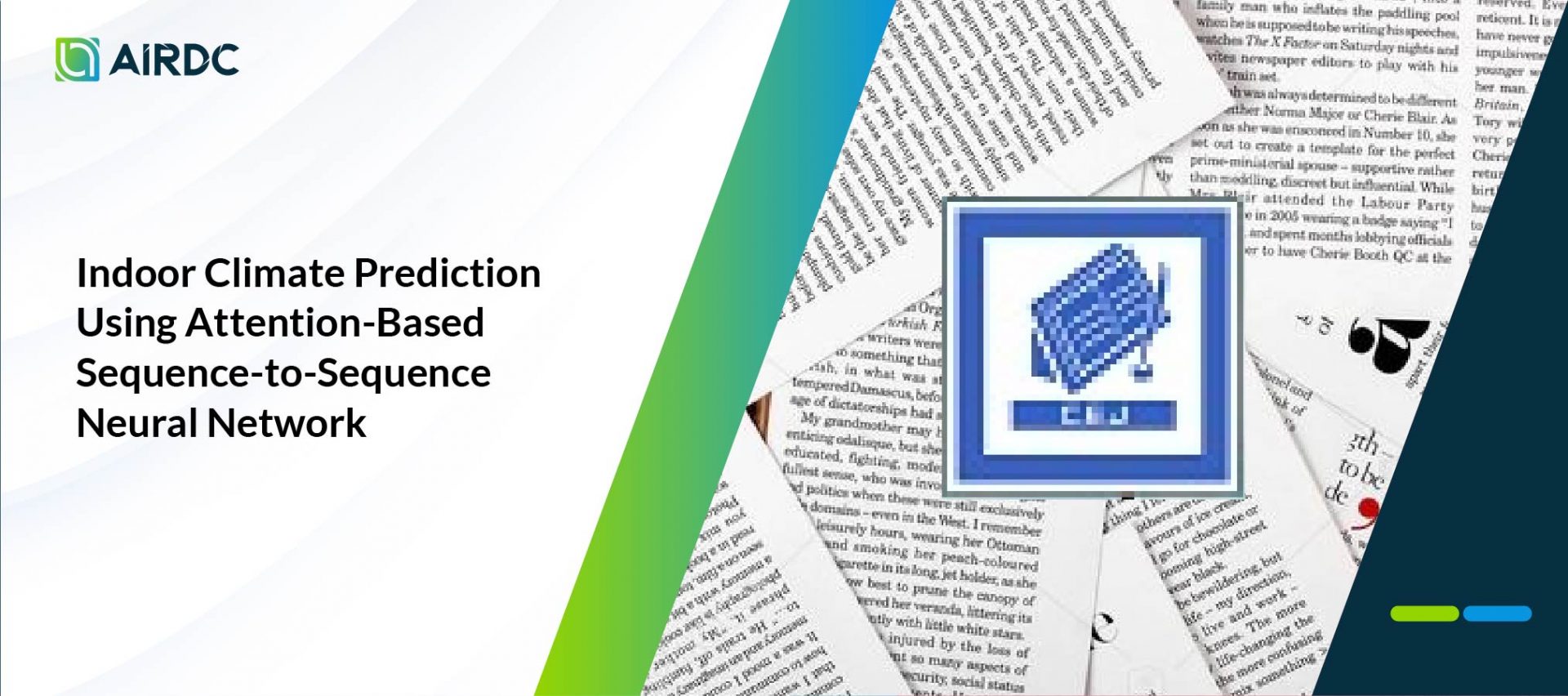Indoor Climate Prediction Using Attention-Based Sequence-to-Sequence Neural Network

The Solar Dryer Dome (SDD), a solar-powered agronomic facility for drying, retaining, and processing comestible commodities, needs smart systems for optimizing its energy consumption. Therefore, indoor condition variables such as temperature and relative humidity need to be forecasted so that actuators can be scheduled, as the largest energy usage originates from actuator activities such as heaters for increasing indoor temperature and dehumidifiers for maintaining optimal indoor humidity. To build such forecasting systems, prediction models based on deep learning for sequence-to-sequence cases were developed in this research, which may bring future benefits for assisting the SDDs and greenhouses in reducing energy consumption. This research experimented with the complex publicly available indoor climate dataset, the Room Climate dataset, which can be represented as environmental conditions inside an SDD. The main contribution of this research was the implementation of the Luong attention mechanism, which is commonly applied in Natural Language Processing (NLP) research, in time series prediction research by proposing two models with the Luong attention-based sequence-to-sequence (seq2seq) architecture with GRU and LSTM as encoder and decoder layers. The proposed models outperformed the adapted LSTM and GRU baseline models. The implementation of Luong attention had been proven capable of increasing the accuracy of the seq2seq LSTM model by reducing its test MAE by 0.00847 and RMSE by 0.00962 on average for predicting indoor temperature, as well as decreasing 0.068046 MAE and 0.095535 RMSE for predicting indoor humidity. The application of Luong’s attention also improved the accuracy of the seq2seq GRU model by reducing the error by 0.01163 in MAE and 0.021996 in RMSE for indoor humidity. However, the implementation of Luong attention in seq2seq GRU for predicting indoor temperature showed inconsistent results by reducing approximately 0.003193 MAE and increasing roughly 0.01049 RMSE.
Civil Engineering Journal
Karli Eka Setiawan, Gregorius Natanael Elwirehardja, Bens Pardamean

